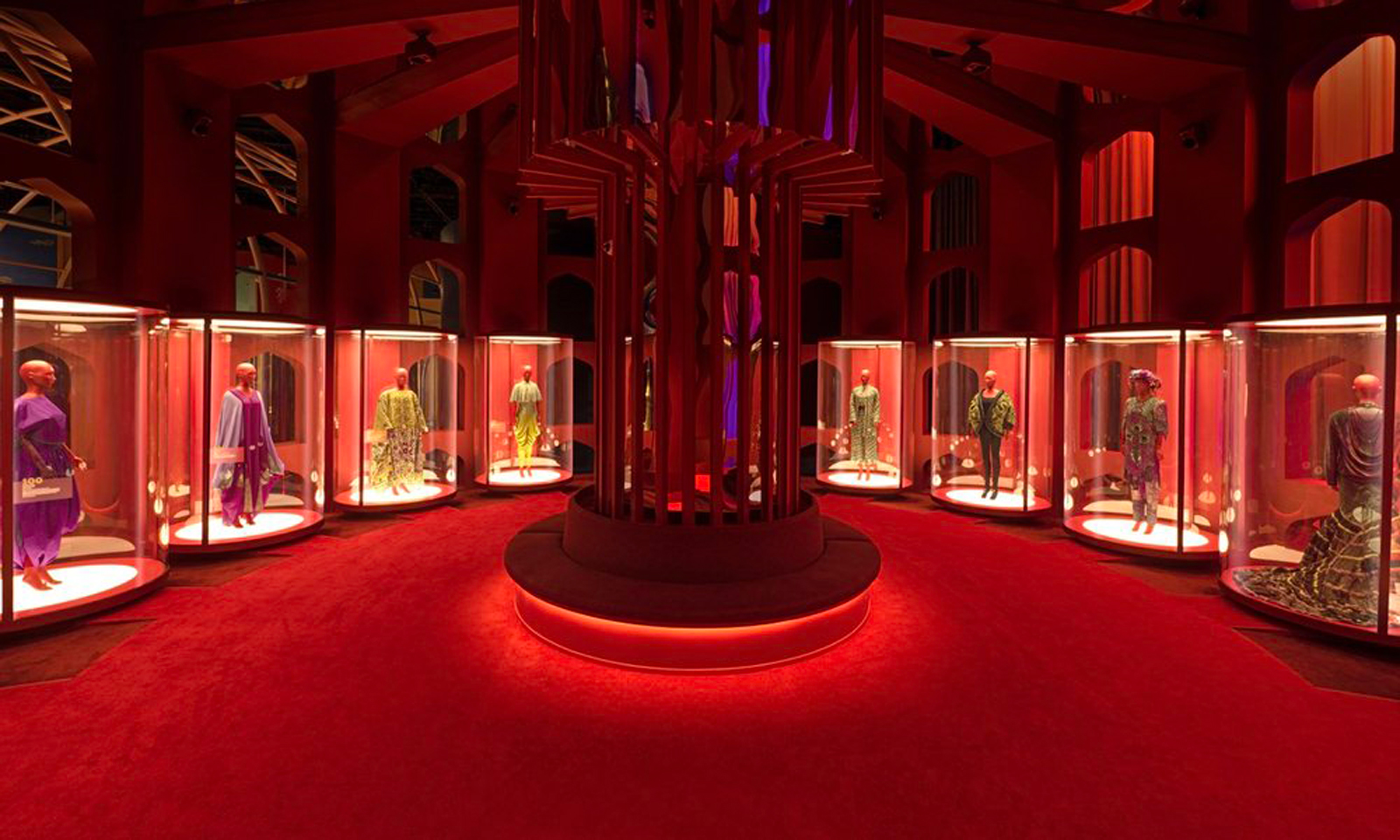
Column: How best to communicate a light journey
Monthly Column By Zerlina Hughes
Having begun my career in theatre, opera and dance lighting, I have always considered light as a narrative tool. Light can communicate a visual story, set the scene, both in terms of time and place – and invoke a mood that can be anything from calming to stimulating. Light is such an ephemeral medium that using a narrative framework is a useful way for both designer and client to create a dialogue that is truly useful in the establishment of a lighting design brief and the final scheme itself.
Lighting is a critical component of how we experience a place or space. I like to map out the journey in terms occupant experience. How do you want to feel – or for your visitors to feel – as you enter? At the outset, people should be welcomed and enveloped, enticed into moving beyond into the inner spaces. To set a scene this way, you would look to use a soft, diffused light with good luminance levels after coming in from a high luminance exterior. Uplights from wall lights can be a good method here, as well as pendants with diffusing globes, both avoiding glare from a direct source. Any vista on a vertical plane should be highlighted with a subtle increase in luminance level – be that an artwork or surface texture or a colour to draw the eye.
In the interior spaces, scenes are created both to evoke mood and deliver tasks. For instance, you may want a fresh neutral white light, evoking a morning light, with high and stimulating luminance levels, for task areas such as working planes or desks. In more informal lounge spaces, a warmer ‘afternoon’ glow may be required, using indirect sources and low-level lamps. You may want to consider texture and evoke what researchers have found to be the most comfortable light of all – dappled light beneath a tree canopy. This would not be a literal translation but an evocation through the use of shade, bouncing light from textured features, materials or textiles. The luminance should not be a consistent wash of light but should create interest via the patterning and rhythms of different light levels and types of delivery.
In the evening, in spaces with windows, the contrast between lit and non-lit surfaces will increase, so it’s important for a soft diffused light source to be able to increase in luminance to soften these contrasts. In a final scene, in an exhibition space for example, you may consider increasing the warm tones to hint at the colours of sunset. This may be your final exit space and will leave the visitor feeling inspired and uplifted.
Light is a form of choreography, taking people through a sequenced journey of introduction, scenes 1-3 and an epilogue; a three-act, well-made light play!
Zerlina Hughes, Founder & Creative Director at Studio ZNA
Image: India in Fashion The Impact of Indian Dress and Textiles on the Fashionable Imagination’ at the NMACC, Mumbai




